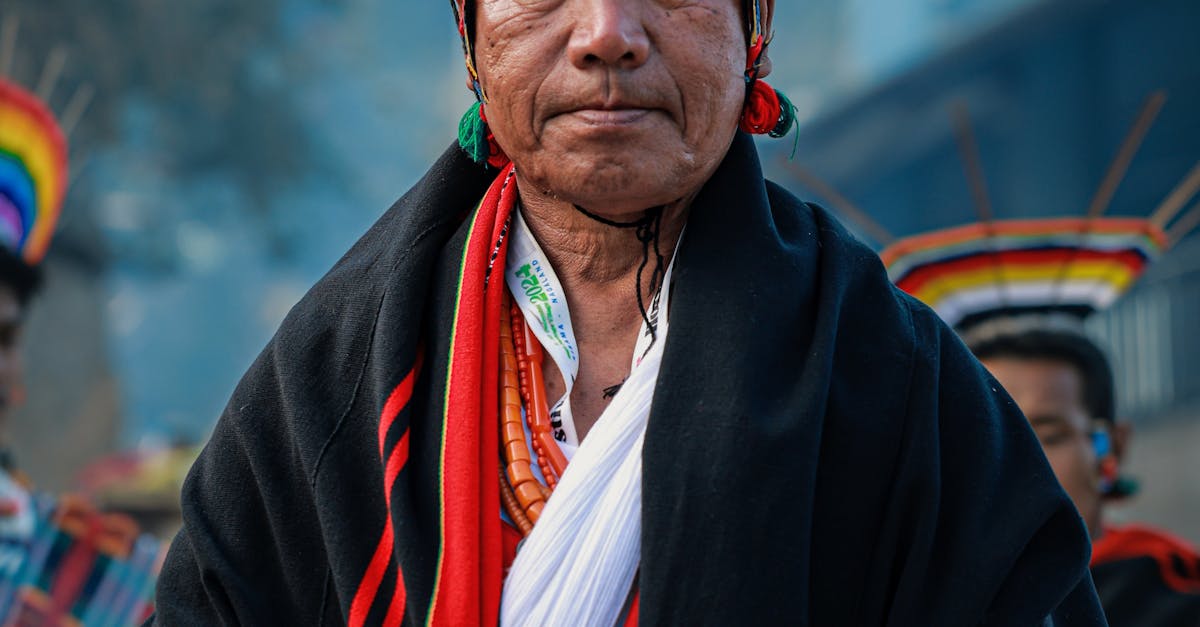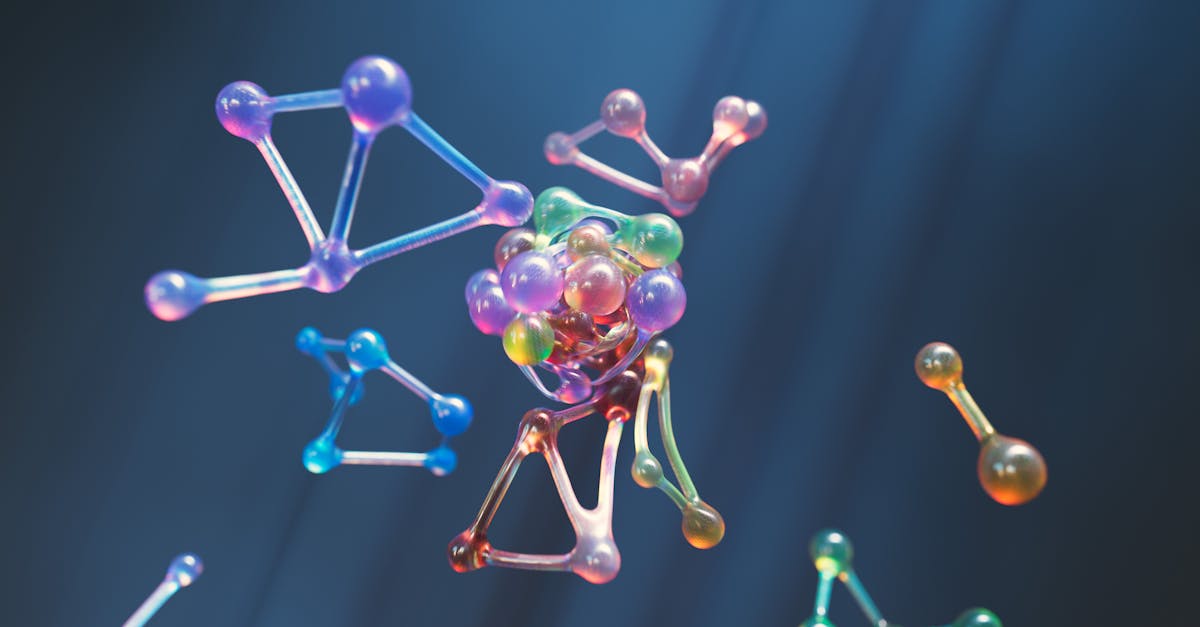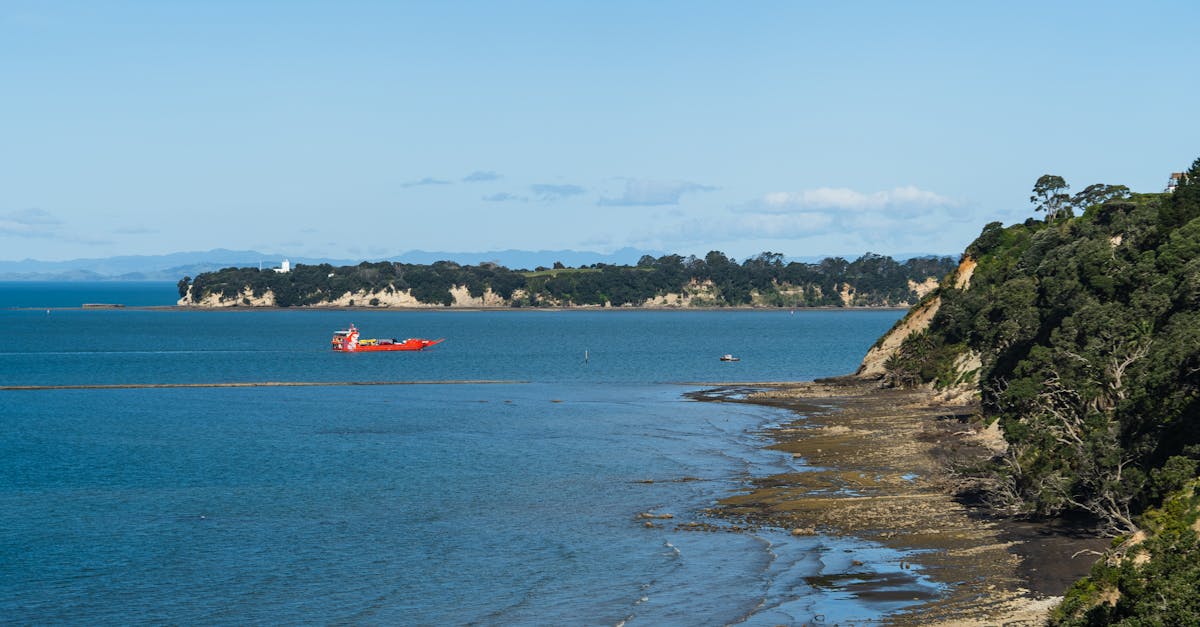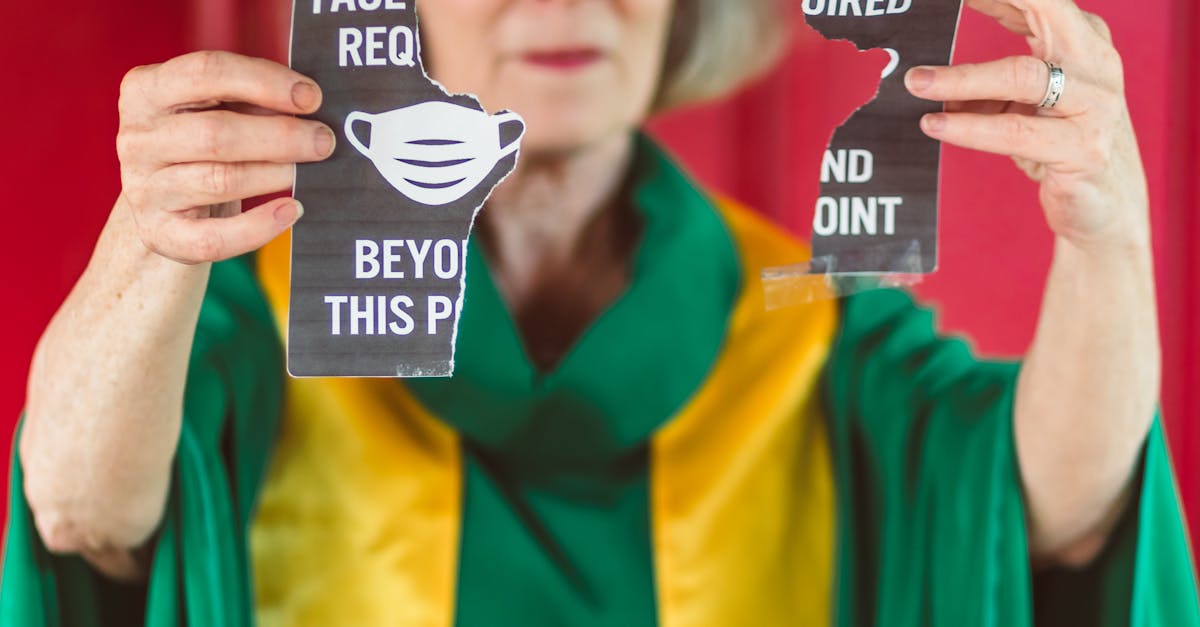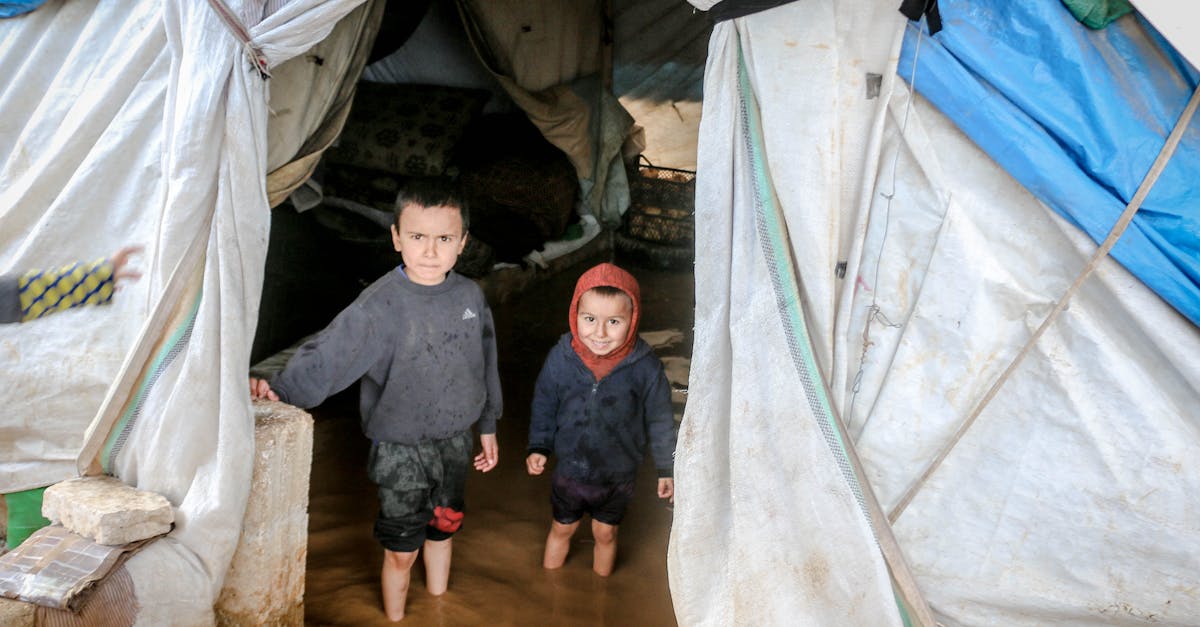WHO Backs Pandemic Pact
- The World Health Organization (WHO) adopted the first global Pandemic Agreement under Article 19 at its 78th World Health Assembly on May 20, 2025, aiming to strengthen global health security and ensure equitable pandemic responses.
- Why it was needed: The agreement was negotiated following the Covid-19 pandemic, which highlighted severe inequalities, such as vaccine hoarding by rich countries denying access to poorer nations and potentially costing over a million lives, demonstrating the critical need to address poor coordination and ensure equitable access during health crises.
- Key provisions require pharmaceutical companies, in exchange for access to pathogen data, to share 10% of pandemic-related products with WHO and supply another 10% at affordable prices.
- Member states are mandated to promote technology and knowledge transfer to support local production of vaccines and drugs in developing countries.
- A Coordinating Financial Mechanism and Global Supply Chain and Logistics Network are established to ensure equitable, timely, and affordable access to pandemic health products.
- Countries must ensure publicly funded research includes conditions for timely and fair access, with governments able to intervene if resulting medical products are unaffordable or unavailable.
- The agreement preserves national sovereignty, stating WHO cannot override national laws or impose mandates like travel bans, vaccination requirements, or lockdowns.
- Concerns include the limited enforcement power of the WHO due to the preserved national sovereignty, challenges in balancing intellectual property rights with equitable access, and the Pathogen Access and Benefit-Sharing System mechanism still under negotiation.
- The withdrawal of the US weakens the treaty’s impact, as its major pharmaceutical companies are not obligated to comply, creating significant gaps in global coordination.
- Significance: The agreement marks a landmark step institutionalizing lessons from Covid-19 to achieve a more equitable and coordinated global health framework for future emergencies.
Tianwen-2 Mission
- China is set to launch the Tianwen-2 mission.
- Primary aim: Survey and return samples from the near-Earth asteroid 469219 Kamo‘oalewa.
- Significance: Positions China among few nations (after US, Japan) to retrieve asteroid samples, showcasing advanced deep space operational capabilities.
- Target Kamo‘oalewa: Discovered in 2016, it is one of just seven known quasi-satellites of Earth, orbiting the Sun but gravitationally influenced by Earth. It has an unusual orbit.
- Key Objectives: Investigate Kamo‘oalewa’s unusual orbit and test the hypothesis that it originated as a fragment ejected from the Moon’s surface during an ancient impact. Spectrum analysis suggesting composition similar to lunar material supports this potential lunar origin, which samples could confirm. Understanding quasi-satellites and their orbital evolution is also a goal.
- Sampling Technique: Uses a “touch-and-go” method with a robotic arm to collect fragments, with an optional “anchor and attach” drilling method. Collecting samples from the small asteroid (40-100m) is considered challenging.
- Future Plans: After Kamo‘oalewa, the mission will proceed to orbit and analyze a comet in the main asteroid belt.
Press Council of India
- Lok Sabha Speaker has nominated 3 Members of Parliament (MPs) to the Press Council of India (PCI). This is why it is in the news.
- Rajya Sabha Chairman also nominated 2 MPs. Additionally, UGC, Bar Council, and Sahitya Akademi have nominated their representatives to the Council, completing some of the member categories.
- PCI is a statutory, quasi-judicial, autonomous body established under the Press Council Act, 1978, to preserve the freedom of the press and maintain and improve print media standards. It was first established in 1966.
- The Council comprises a Chairman (conventionally a retired Supreme Court judge) and 28 members representing journalists, newspaper management, news agencies, MPs, and experts from education, law, and literature. The term is 3 years.
- Its functions include framing a media code of conduct, ensuring ethical reporting, fostering public responsibility, and advising the Central Government on press freedom and accountability.
- PCI has powers of a civil court, including summoning witnesses and examining documents. It can censure, warn, or admonish print media entities for ethical violations after an inquiry, and its decisions are final.
- Its limitations include only overseeing print media (newspapers and magazines), having no authority over electronic media, and lacking the power to enforce penalties for guideline violations.

MEs: MSME Growth Catalyst
- News: NITI Aayog released a report, ‘Designing a Policy for Medium Enterprises’.
- Why: To propose reforms and a dedicated concessional credit scheme to strengthen medium-sized enterprises (investment up to ₹125 cr, turnover up to ₹500 cr) as a catalyst for overall MSME growth. Medium enterprises, though few (0.3% of MSMEs), have high per-unit employment and contribute significantly to MSME exports. The report aims for a more inclusive and scalable MSME ecosystem and can serve as a blueprint for all MSMEs.
- Key Recommendations & Why:
- Facilitate Financial Access: Introduce concessional credit (loans up to ₹25 cr, credit cards up to ₹5 cr) and extend NPA classification (90 to 180 days). Why: Ease liquidity, address credit hurdles faced by MSMEs like lack of collateral and high rates.
- Technology Integration: Upgrade Technology Centres to India SME Industry 4.0 Competence Centres. Why: Address technology adoption lag, improve competitiveness and innovation.
- Strengthen R&D: Allocate dedicated government funding (25-30% Self-Reliant India Fund). Why: Boost innovation and align with national priorities.
- Cluster-Based Testing & Certification: Expand development programs to medium enterprises. Why: Reduce costs, improve export quality compliance, address infrastructure gaps.
- Customized Skill Development: Enhance skill gap mapping and expand training programs. Why: Address skilled workforce shortage, improve efficiency.
- Centralized Digital Portal: Create a dedicated sub-portal on the Udyam platform. Why: Consolidate information, ease compliance burden, improve market access.
- Overall Why: Boosting the entire MSME sector (contributing ~29% to GDP, employing over 60%) by focusing on medium enterprises helps address core issues like finance, technology, skills, compliance, and market access, revitalizing India’s economy and employment.
Mt Augustus Snail
- The rare Mount Augustus Snail was recently filmed laying an egg from its neck for the first time, revealing a unique reproductive behavior.
- This is significant news because it documents a previously unobserved aspect of the snail’s reproduction.
- It is a large, carnivorous land snail endemic to New Zealand, known for its vibrant shell patterns.
- It preys on slugs and earthworms and can live 25-35 years in captivity.
- The species is hermaphroditic, mating via a genital pore on the neck.
- They reach sexual maturity around 8 years old, lay about 5 eggs annually, with each egg taking over a year to hatch.
- Native only to Mount Augustus, its habitat was severely impacted by coal mining in the early 2000s.
- Snails are mollusks with spiral shells, distinct from slugs which lack an external shell.
TR1 Cells Fight Malaria
- A new study reveals TR1 (Type-1 Regulatory T-cells) are the main drivers of the immune response to malaria.
- Why in News: This finding challenges previous assumptions that TH1 cells held this primary role, offering a new perspective on malaria immunology.
- TR1 cells are specialized CD4+ helper T-cells that regulate the immune system by controlling inflammation and preventing excessive reactions.
- Why in News: Their newly identified main role explains how the body balances fighting the malaria parasite (Plasmodium falciparum) while avoiding self-damage from an overactive immune response, promoting coexistence and clinical immunity.

OPEC+ Strategy Shift
- OPEC+ is increasing oil production by 411,000 bpd, reversing 2023 cuts. Why? Output cuts failed to significantly boost falling prices and some members exceeded their quotas.
- The strategy is shifting from supporting prices to regaining market share. Why? Price stabilization efforts were ineffective due to global oversupply and weak demand.
- Several factors influenced the shift. Why? Post-COVID demand is weak and uneven; non-OPEC+ producers (US shale, Brazil, Guyana) increased supply; high-cost fields need production; sanctions limit exports from Russia, Iran, Venezuela.
- Saudi Arabia is leveraging its ‘swing producer’ role. Why? To pressure high-cost producers and reassert leadership when quotas are ignored, historically done by flooding the market.
- Global oil demand is expected to weaken. Why? Forecasts show slow GDP growth, rising EV adoption, stronger climate action, and trade risks support the ‘peak demand’ theory.
- This volatility impacts India. Why? As a major importer, lower prices benefit the import bill short-term, but long-term risks include weaker Gulf economies, reduced remittances, and lower tax revenues, highlighting the need for diversification.
Interest Subvention Extension
- The Union Cabinet has approved the continuation of the Modified Interest Subvention Scheme (MISS) until FY 2025-26. This is the core news point, extending a beneficial scheme.
- Under the scheme, a 1.5% interest subvention is provided to banks for short-term crop loans up to Rs 3 lakh issued via Kisan Credit Card (KCC). This is the mechanism that reduces the cost of credit for banks and indirectly for farmers.
- Loans are sanctioned at 7% interest, but the 1.5% subvention and a 3% prompt repayment incentive reduce the effective rate for farmers to 4%. This affordability encourages timely repayment and supports farmers.
- The scheme provides concessional credit for agriculture and allied activities, which is crucial for supporting farm operations and productivity.
- It includes features like revolving credit, collateral-free loans up to Rs 2 lakh, and interest relief during natural calamities, addressing key financial needs and risks for farmers.
- The scheme specifically targets small and marginal farmers, who constitute the majority of agricultural credit holders, ensuring benefits reach this significant group.
- The related Kisan Rin Portal digitally tracks interest subvention claims, aiming for faster disbursement, greater transparency, and accountability, which benefits both farmers and lending institutions.
Khangchendzonga
- Sikkim has urged the Union Government to consider restricting mountaineering activities on Mt. Khangchendzonga.
- Why: The mountain holds profound religious significance for the indigenous communities of Sikkim, revered as the abode of the guardian deity Dzoe-Nga (Pho-lha), recognized by Guru Padmasambhava, Sikkim’s Patron Saint.
- It is India’s highest peak (8,568 meters) and the world’s third-highest, located on the Sikkim-Nepal border.
- Climbing is prohibited on the Sikkim side since 1998/2001 due to its sacred status but is permitted from the Nepal side.
- The call for restriction was prompted by a recent ascent from the Nepal side by an Indian team, which hurt the religious sentiments of Sikkim’s people.
- Sikkim’s Chief Minister requested the Centre to diplomatically dissuade Nepal from allowing climbs out of respect for Sikkim’s spiritual values.
- Local sentiment strongly demands that the mountain’s sanctity should not be compromised for adventure or tourism, regardless of the expedition’s origin.
- Khangchendzonga National Park, encompassing part of the mountain, is a UNESCO Mixed World Heritage Site (2016) and part of the UNESCO World Network of Biosphere Reserves (2018), known for its diverse ecosystem and biodiversity.









